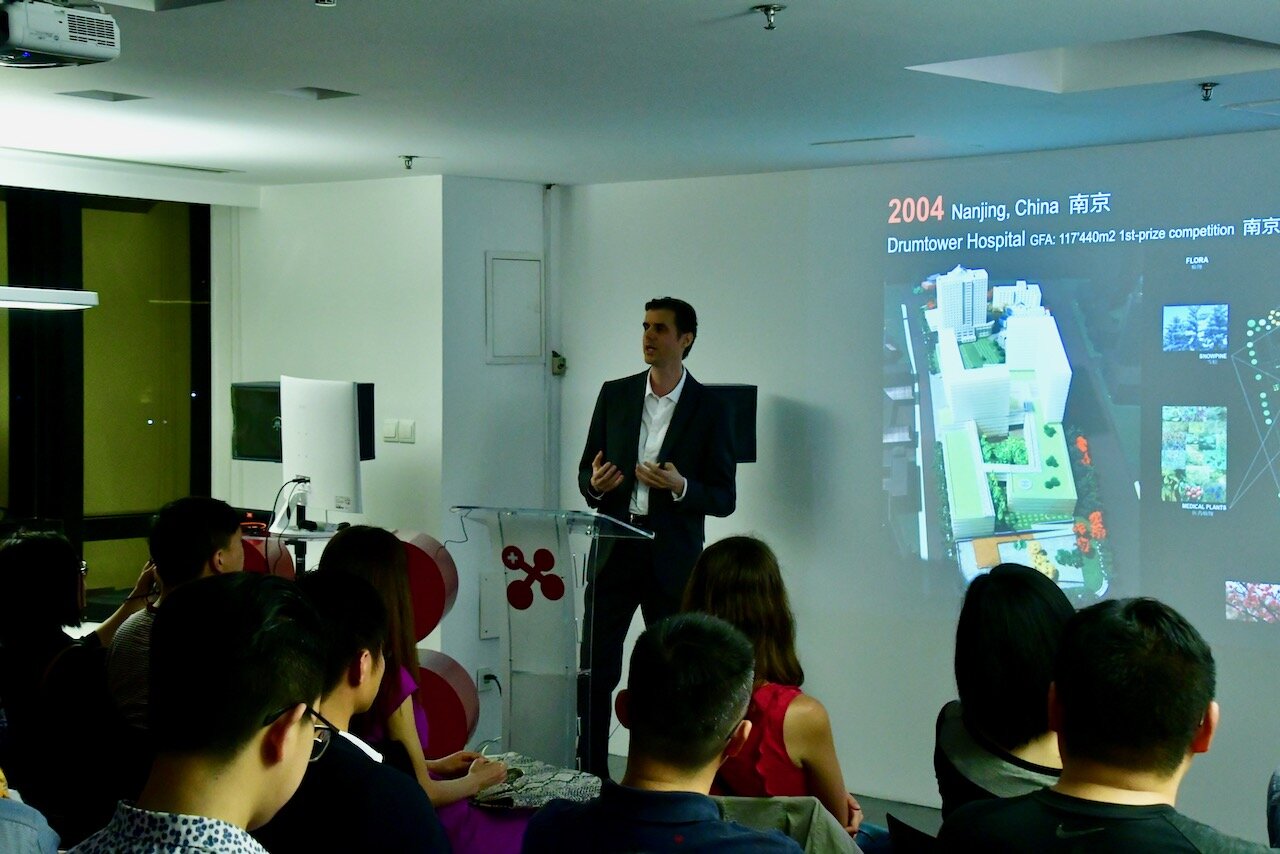During the Entangled Reality lecture at Chronus Art Center, Dr. Magrini talked in-depth about the dialectical narrative surrounding computer art and its intricate connections to both art and science. Among art historians, the common belief is that the relevance of computer art, as well as art that involves artificial intelligence, are there to bridge the gap between the arts and the sciences. Computer art are hence genuine opportunity for us to find a common ground between the two fields. Proponents of this common view range from Jasia Reichardt (Curator of Cybernetic Serendipity, Institute of Contemporary Arts), to Stephen Wilson, and Edward A. Shanken.
Jasia Reichardt
“The aim is to present an area of activity which manifests artists involvement with science, and the scientists involvement with the arts; also, to show the links between the random systems employed by the artists, composers and poets, and those involved with the making and the use of cybernetic devices.”
“The computer is only a tool (…)”
According to Dr. Magrini, this common view rests on several assumptions:
The common view assumes that art making belongs to the emotional and creative sphere while sciences are grounded in analytical thinking and empirical observations.
Computer art necessitates a certain approach/aesthetic closer to analytical approaches in the sciences.
A computer is nothing but a tool for artists.
Computer art (and even media art) is separated from the traditional field of art.
Some of them are simply not the case in real life. For example, the idea of medium specificity, per se, is inappropriate. Computers and other medias offer so much ranges of possibility to create work of art that they cannot simply be considered tools in the sense of replacing pencils and brushes. Frequently nowadays, computers play primary roles in creation, taking on roles of autonomous painters.
The narrative of “bridging the gap between the humanities and sciences” is also problematic. For it reinforces the unnecessary stereotype that art is emotional, irrational, and science is objective and practical. If an artist produces a piece of work that belongs to the latter, is he or she making art or practicing science? The common narrative would necessitate that the artist is attempting to practice science, not create art. Therefore, the common narrative forces a didactic role to artist production, failing to recognize its diversity and possibilities.
As a matter of fact, artists working with computers have frequently refused to associate their work with the scientific research. Their attitudes towards information technologies and artificial intelligence are usually circumspection.
Examples of researchers and philosophers who have contributed to a skeptical view about artificial intelligence :
Hubert L Dreyfus, Stuart E. Dreyfus and Tom Athanasiou
"Current AI is based on the idea, prominent in philosophy since Descartes, that all understanding consists in forming and using appropriate representations. Given the nature of inference engines, AI's representations must be formal ones, and so common sense understanding must be understood as some vast body of precise propositions, beliefs, rules, facts, and procedures. Thus formulated, the problem has so far resisted solutions. We predict it will continue to do so." (Mind Over Machine: The Power of Human Intuition and Expertise in the Era of the Computer (New York: Free Press, 1986), 99)
Joseph Weizenbaum
"The achievements of the artificial intelligentsia are mainly triumphs of technique. They have contributed little either to cognitive psychology or to practical problem solving."
"Modern technological rationalizations of war, diplomacy, politics, and commerce (such as computer games) have an even more insidious effect on the making of policy. Not only have policy makers abdicated their decision-making responsibility to a technology they do not understand - though all the while maintaining the illusion that they, the policy makers, are formulating policy questions and answering them - but responsibility has altogether evaporated." (Computer Power and Human Reason: From Judgment to Calculation (San Francisco: W.H. Freeman, 1976), 229.)
Dr. Magrini continued to summarize some of the main arguments brought forward by researchers and philosophers:
AI goals are unachievable in the sense that they don’t constitute real contribute to knowledge. (Joseph Weizenbaum, Hubert Dreyfus)
Top down approach is ineffective (Rodney Brooks, Christopher Langton.)
AI and computers serve the interest of capitalist society: automation, unemployment, alienation. (Gilles Deleuze, Herbert Marcuse, Lewis Mumford and Richard Barbrook, Michael Hardt and Antonio Negri)
Scientific research and modern technologies are a threat to the fundamental moral values of society. (Conservative philosophers Daniel Bell, Francis Fukuyama, and Neil Postman)























